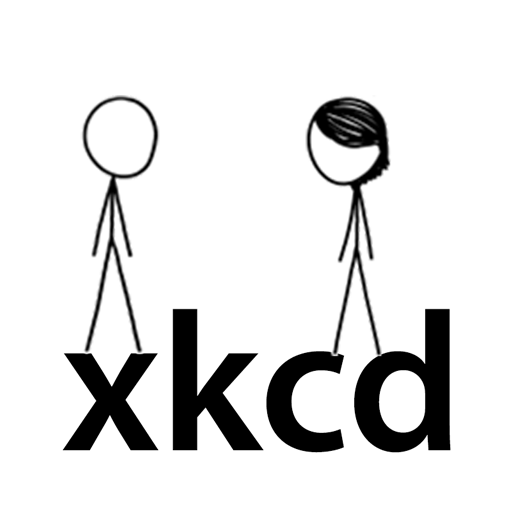Title text:
Turning in other directions can be accomplished by using a magnetized centerboard and ocean currents, since a current flowing through a magnetic field induces a Laplace force.
Transcript:
[Four panels show a schematic sail boat, seen from above, to indicate how it can sail into the wind. In the first panel the boat is heading straight up in the panel. The sail is fixed at the bow and describes a slight curve going to the right of the boat and then curving to the left, ending close to the stern. The rudder can be seen behind the boat. Five arrows, pointing towards 4:30 on a clock face, are drawn at the top left part of the boat, indicating the direction of the wind. There is a frame above the drawing of the boat with text. And then the arrows are labeled, and small lines going to the sail and the hull of the boat connects with two more labels:]
How sailboats use physics to sail upwind:
Wind
Boat
Sail[In the second panel the boat is drawn similar to panel 1, but the wind arrow have been changed to showing how the wind now blows past the sail on either side. This is done with two lines of three arrows that goes on either side of the sail, and the second and third arrow bends to follow the curve of the sail. Charged ions are shown across both sides of the sail with positive on the left side of the sail, (over the hull of the boat) and negative on the right side, over the sea to the right and behind the boat. The positive charges are small + signs in circles and the negative minus signs in circles. Above the drawing there is the following text:]
1. Wind passing over the sail strips away electrons via the triboelectric effect.[In the third panel the boat has turned towards right and has been moved closer to the bottom of the panel (this could be to acomodate more text above though). The entire hull is now covered in positive charges. A large broad dashed vector is shown going in the direction of the wind. The arrow is not over the boat but on either side of it, with the arrow head ending right of the stern of the boat. Two thin arrows are shown above the end of the force vector. A short solid arrow, that points along the same direction as the large arrow. And then a dashed arrow is drawn perpendicular to the first of these thin arrows (pointing along 1:30 on a clock face. Above the drawing there is the following text:]
2. The positively charged boat is blown downwind; its movement in Earth’s magnetic field produces a Lorentz force.[In the fourth panel the boat has turned even more towards right and is back to the same height in the panel as the first two panels. The entire hull is still covered in positive charges. The broad dashed vector is still shown, but after starting in the wind direction it can be seen to turn slightly upwards before reaching the boat. And then when it comes out the other side of the boat it points in the direction of the bow of the boat, the arrow ending in front and a bit to the right of the boat. The two thin arrows from before are now shown to the left of the boat , with the short solid arrow pointing along the same direction as the start of the large arrow. And then a the dashed arrow drawn perpendicular to the first of these thin arrows pointing in the direction the boat is sailing. Above the drawing there is the following text:]
3. The Lorentz force acts perpendicular to the direction of motion, redirecting the boat upwind.
Source: https://xkcd.com/3090/


dammit the bot was faster than even the explainxkcd page creation bot, not to even speak of https://mastodon.xyz/@xkcd :o